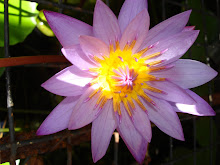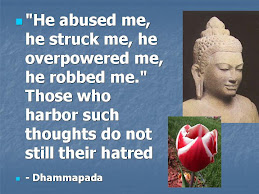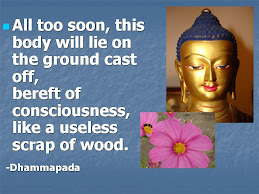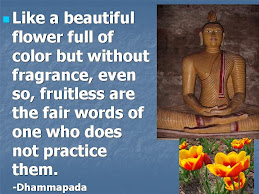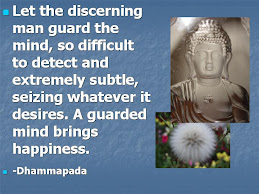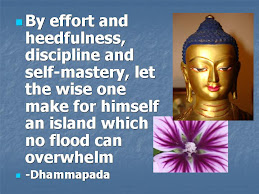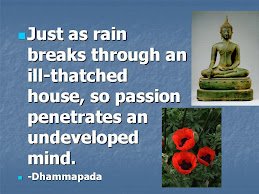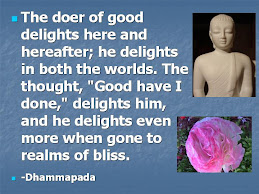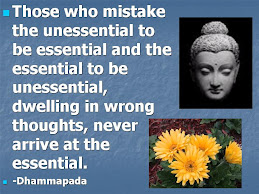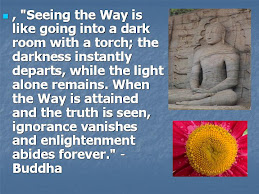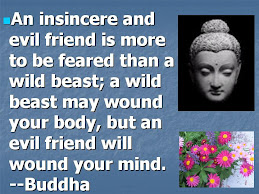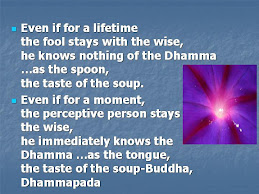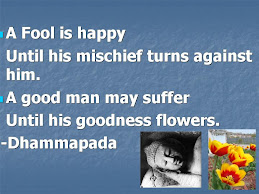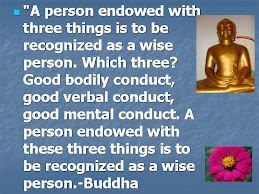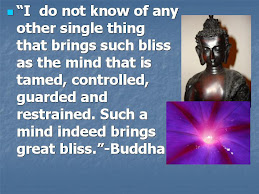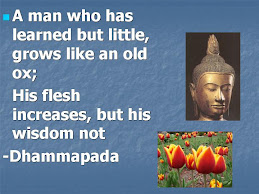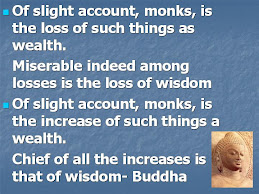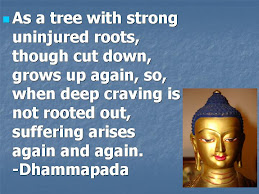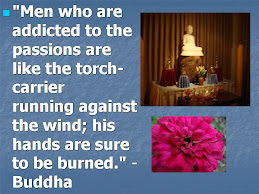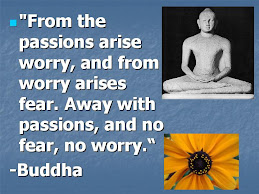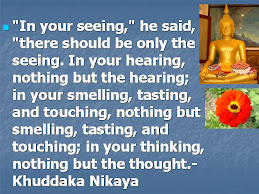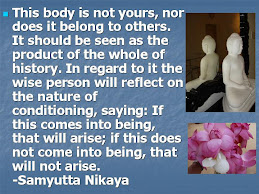There five means of propagation of a tree.
1. By Roots
2. By Stems
3. By Joints
4. By Cuttings
5. By Seeds
Now there are three scenarios:
Scenario#1
If these five means of propagation are not broken, not rotten, not damaged by wind & sun, mature, and well-buried, but there is no earth (soil) and no water, it would not exhibit growth, increase, & proliferation.
Scenario#2
If these five means of propagation are broken, rotten, damaged by wind & sun, immature, and poorly-buried, but there is earth (soil) & water, it would not exhibit growth, increase, & proliferation.
Scenario #3
If these five means of propagation are not broken, not rotten, not damaged by wind & sun, mature, and well-buried, and there is earth (soil) & water, they would exhibit growth, increase, & proliferation.
In this simile earth (soil) where the tree grows is compared to form, feeling, perception and mental formations (fabrications). Water compared craving (delight & passion). The five means of propagation is compared to how consciousness together with its nutriments (Figure 1).
Therefore consciousness, when taking a stance, stand attached to form, feeling, perceptions and mental formations (fabrications). It is supported by form, feeling, perceptions and mental formations(fabrications). It is also established on form, form, feeling, perceptions and mental formations(fabrications) watered with carving, it would exhibit growth, increase, & proliferation (Figure 1).
Buddha said" "Were someone to say, 'I will describe a coming, a going, a passing away, an arising, a growth, an increase, or a proliferation of consciousness apart from form, from feeling, from perception, from mental formations (fabrications),' that would be impossible. (Please See Figure 2 to examine the their inter-relationship)
He also said "If a monk abandons craving for form, feeling, perceptions, mental formations (fabrications) and consciousness, then owing to the abandonment of craving, the support is cut off, and there is no base for consciousness. Consciousness, thus unestablished, not proliferating, not performing any function, is released. Owing to its release, it is steady. Owing to its steadiness, it is contented. Owing to its contentment, it is not agitated. Not agitated, he (the monk) is totally unbound right within. He discerns that 'Birth is ended, the holy life fulfilled, the task done. There is nothing further for this world.'"
So if you compare this to the above simile of the tree, it will be like trying to propagate a tree when the means of propagation (roots, stems, etc) are broken, rotten, damaged by wind & sun, immature, and poorly-buried, and there is no earth & water, it would not exhibit growth, increase, & proliferation. It will be impossible for a tree grow!
Now there some important points in this sutta about the five aggregates.
According to Buddha consciousness cannot....
1. Come or go without feeling, perceptions, mental formations (fabrications).
2. Pass away or arise without feeling, perceptions, mental formations (fabrications)
3. Grow, increase or proliferate without feeling, perceptions, mental formations (fabrications)
In other suttas it has been said that consciousness and name-and-form (namarupa) are dependent on each other. One cannot survive without the other.
For example, Buddha said: "... Ananda, from name-and-form as a requisite condition comes consciousness. From consciousness as a requisite condition comes name-and-form" (Maha-nidana Sutta).
The name-and-form consists of feeling, perceptions, mental formations (fabrications), contact and attention according to sutta. So if if we apply this to my previous mind works model#1 I proposed (Figure 3) you can this model can work according to this sutta. As we continue explore more we will try the apply other other related suttas and test this hypothesis (model) again and again.
Bija Sutta: Means of Propagation
translated from the Pali by
Thanissaro Bhikkhu











